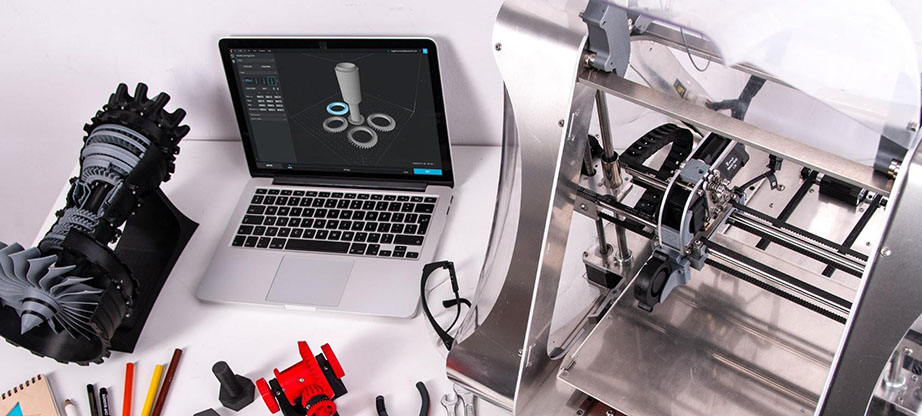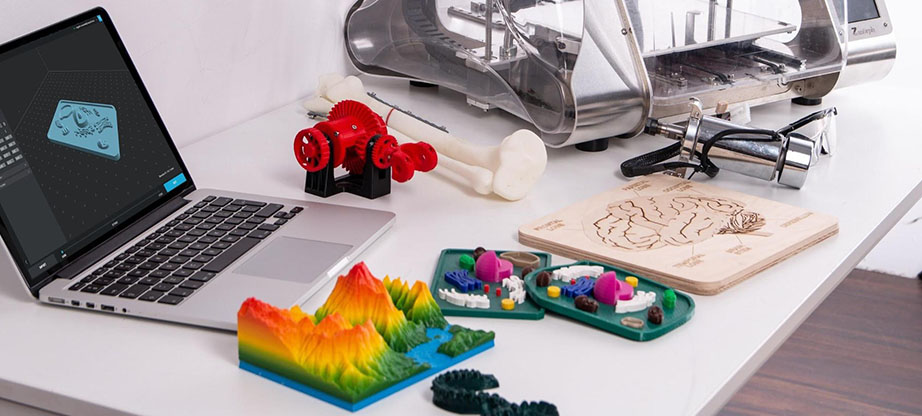The 5 Biggest Advantages of 3D Modelling
When it comes to product visualisation, you can’t cut any corners. With online shops popping up left and right, there are now more options online than ever before. Everyone has access to wares from all around the world. And with no way to actually physically interact with the product before they purchase, most people won’t even start deliberating. This makes things very competitive for images, photos, and 3D Modelling.
With competition this steep, there’s really only one way to stand out. You need to be very good at playing this game. You can always decide to simply hire the best possible product photographers for you. They will take a picture of your goods and trust that they’ll do them justice. However, for many industries, that’s all old news. There are countless tutorials available online to get you started. Here are five advantages 3D modelling has over traditional photography.
#5 Representing Something that Doesn’t Exist

The current market is so advanced that we often sell products that don’t even physically exist yet. This is particularly relevant in the tech industry. With so much money being put into designing, the clients need to be sold on it long before it is ready to be distributed. And, so CG is for creating commercials and product images as the products are still being developed. So that people can get a glimpse of what’s to come and decide that they want it right then and there.
The same goes for the construction industry. After all, a new house can’t be sold after it’s built. But clients don’t want to buy blind, and there’s only so much 2D building plans will tell them. To add to that, 3D modelling can actually be used to present something that doesn’t exist anymore. For example, through representing ancient artifacts. In that respect, 3D modelling is incredibly useful.
#4 It Will Save You Time and Money
You might tend to think that the more modern, more technologically top solution will also be the costlier one. After all, new tech is costlier to make, and the people using it need to have a training to use it.
However, the truth is just the opposite. True, 3D modelling may not be very cheap. But neither is product photography, especially if you want your images to be good in quality. Additionally, with photography, you need to schedule an entire photoshoot, take care of all costs related to lighting, and of reshoots, if anything goes wrong, etc. This all not only takes away time. It also loses you money, as you need to invest much more of it in the process. 3D modelling is by far the more cost-effective option.
#3 The Perfect Conditions

On a related note, photography can be quite fickle. A lot of the end result depends on external factors, such as lighting, weather, etc. A single cloud can completely ruin a photo. And with no way to reliably fix that later on, you pretty much either have to bow your head before the whims of fate, or schedule reshoots. It, as we’ve previously established, will cost you more money.
With 3D modelling, the lighting is exactly what you want it to be. The backdrop perfectly compliments your project, and in general, you decide every little aspect of your product’s presentation. With most modern 3D models looking so photorealistic they’re indistinguishable from the real deal. It’s the ideal way to present a product.
#2 Freedom of Modification
Another big advantage 3D models have over traditional photography is that they’re a bit more interactive. With a photo, once it’s taken, it’s done. Of course, there’s post-production. You can change filters and modify various aspects of the photo. But in general, you have a photograph that’s a direct representation of the photographed object.
At the same time, with 3D models, you can change pretty much everything. This is great for when you have one product with several color variants. For example, as you can easily modify the 3D model with different textures, which the client can later pick from a box. That’s one step forward in making the entire shopping process much more hands-on. One step forward and we’re in the realm of VR – though perhaps online shopping isn’t quite there yet.
#1 More Interactivity

The interactivity doesn’t stop there. Since you’re working with a full 3D model instead of a flat image, you can make it so that the client can zoom in on it, rotate it, etc. This is a similar effect to what can be achieved through 360 photography. But 3D models are just as good, cost less, and have even fewer limitations than that.
Additionally, if you offer the option for your clients to design the look of their product, they can see the changes happen in real-time and see every minute change from every angle. And none of this comes at the cost of ease of use.
Before You Make the Jump
We’ve hyped up 3D modelling. However, that’s not to say there is no merit to traditional photography in this day and age. Yes, most major companies, such as IKEA, have allegedly moved on entirely to 3D models. But if you work in the fashion industry, photography is still the absolute champion of capturing the fine details of fabrics.
With 3D models still needing work in that regard. Not to mention if you want to present your works on a model. 3D models won’t do you much good because it is still incredibly difficult to convincingly render a human body. If you want to use landscapes in your advertising, it’s the same.
Still, when it comes to individual objects and interiors, you can’t go wrong with 3D modelling. It’s the forward-thinking solution we need in this day and age to give your clients exactly what they need.

